There are hundreds of parks in Europe, some of which have even been declared a patrimony of humanity by UNESCO´s World Heritage Centre.
We are packing our backpack and taking our hiking boots along an expedition through these parks to explore some of the continent’s most protected spaces.
From Spain to Switzerland and through Iceland, we will find glaciers, forests filled with ancient trees, volcanic soil and mountains that have been chiseled by the winds to create breathtaking and unique shapes.
Leave the city grays behind and plunge into the wildest of greens!
Plitvice Lakes National Park (Croatia)
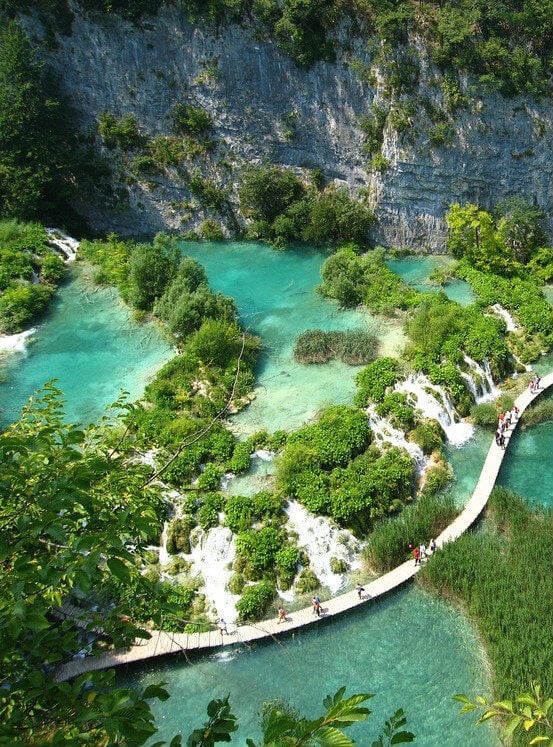
Consisting of 16 interconnected lakes, this national park is truly a paradise of aqua green and cerulean blue waters; a mix of ocean and the myriad of colors of the lakes: gray, turquoise and blue. It was declared a protected area in 1949 by the former Yugoslavia, allowing the park to boast 300,000 meters free of pollution and waste.
With an influx of tourists during the weekends, the week days are a more opportune time to enjoy the serenity of the park, where the silence is only interrupted by the flowing cascading waterfalls. (the most impressive of which is the Veliki Splat ). This can be reached by taking a bus from Zagreb or Zadar.
Oulanka National Park (Finland)
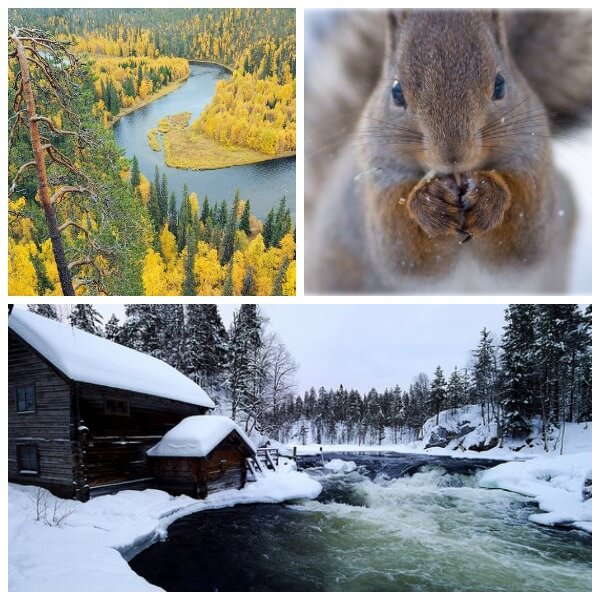
The Oulanka National Park, located in the northern region of Finland, changes with the seasons and boasts a spectacular natural landscape year-round. The park, which extends 270 square km, was inhabited in the 17th century and later became a protected landscape in 1956. Oulanka National Park is home to more than 500 plant species, hundreds of different birds, squirrels, bears and lynx, and other animals. During the summer, tourists can see butterflies fluttering by the river and the park’s hiking trail becomes a wonderful route for picking berries and mushrooms. .
Göreme, Capadocia (Turkey)
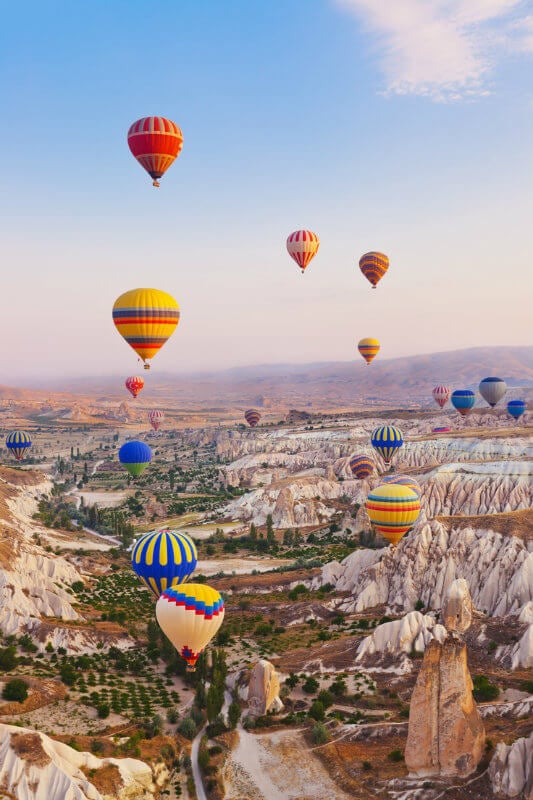
Flying over Cappadocia in a hot air balloon is like traveling to a magical world. One where centuries old erosions created valleys surrounded by chimneys fashioned in incredible shapes. In this area of Turkey, one of the most famous (and photographed) territories is the Göreme National Park, with churches and homes carved into the rock. Though the park is technically outside of Europe, the proximity tempts a trip to this land of mystery, where the silence that surrounds is made even more beautiful by the early morning light, the perfect time to experience a bird’s eye view of this national park.
Timanfaya National Park, Canary Islands (Spain)
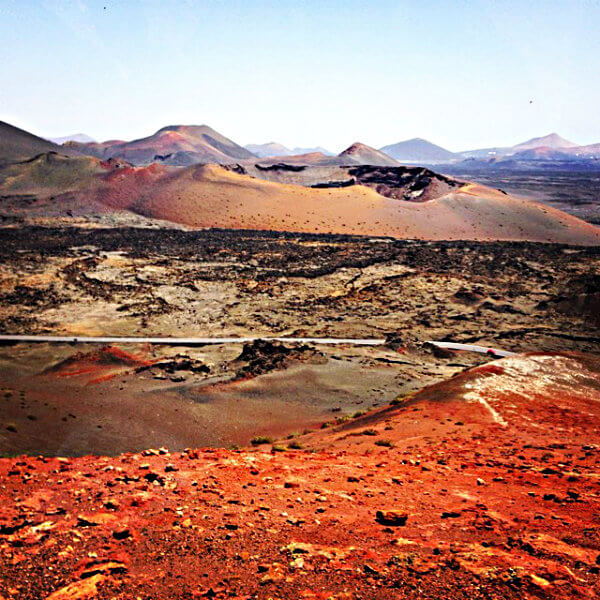
These amazing red mountains belong to Timifaya National Park, but one can just as easily imagine they belong to Mars. Tones of reds and browns encompasses most of the vast landscape that surrounds, and is only interrupted by the eye-catching black volcanic ash, which is undoubtedly one of the more impactful features of this national park, which is the third most visited park in Spain and the second most visited in the Canary Islands. Timifaya extends more than 51 km and is home to more than 180 species of plants. The park was officially declared National Park in 1974 and declared biosphere reserve in 1993.
As if the spectacular view of red mountains weren’t enough, visitors can also indulge in a delicious meal where meat is prepared from the heat that is emanated from the craters.
Saxon Switzerland National Park (Switzerland)
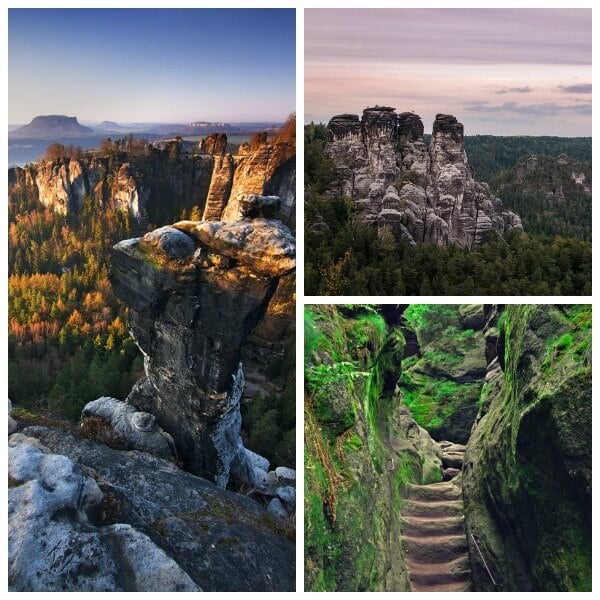
They say one of the most beautiful sunrises one can see is atop the Bastei bridge in Saxon National Park, in Saxon, Switzerland. The bridge rises over the Elbe River, which flows through magnificent rocks so steep, only the bravest dare to climb. Rock climbing is however, not the most common activity in Saxon National Park. Hiking trails, which span the entire park, takes visitors across the entire valley, past the river, the gorges and forests of conifers.
Vatnajökull National Park (Iceland)
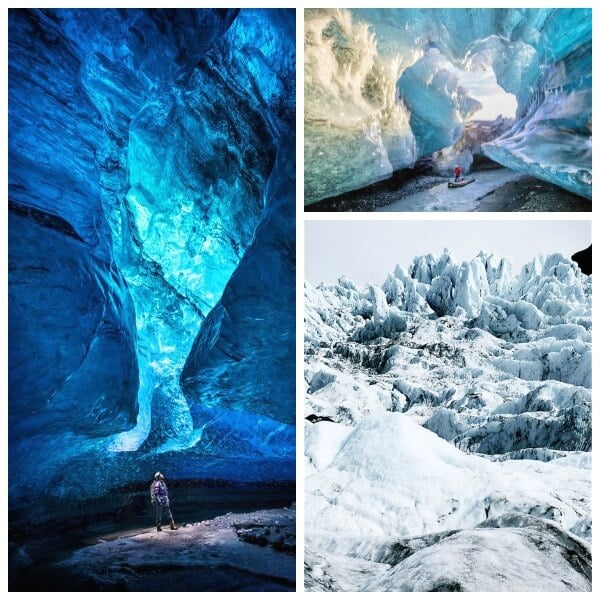
Flashes of translucent glaciers compete with the red glow of lava in Iceland, the land of fire and ice. It is this diverse geological landscape that gives life to the Vatnajökull National Park. Measuring 12,000 square km, it is the largest natural park in Europe and occupies approximately 13% of the island. Years of erosion have sculpted imposing caves within Iceland’s glaciers where inside the caves, the light patterns are truly brilliant.
Visitors can explore the park through guided tours. For the more adventurous, why not try glacier climbing?
Triglav National Park (Slovenia)
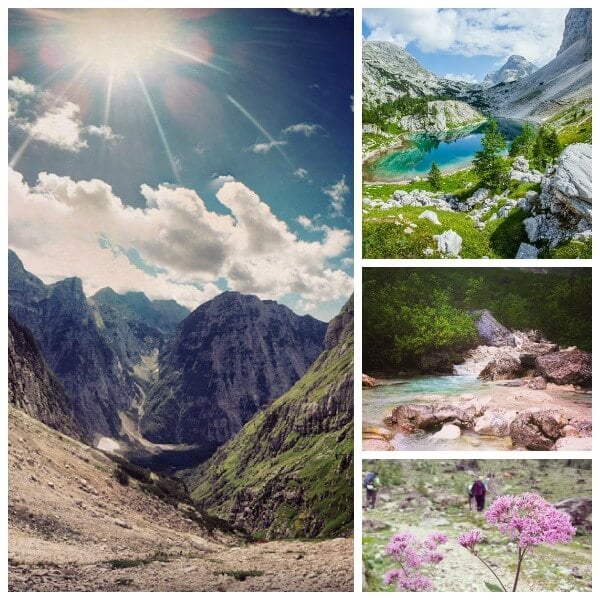
Crowned by a mountain of the same name, the Triglav National Park is seldom frequented by tourists, leaving the landscape wild and untouched. The area is popular however, for climbing and hiking enthusiasts who are familiar with the terrain’s prospective. In the heart of the enormous mountains, one can find picturesque small towns and hotels for visitors and hikers. The biggest highlight in Triglav National Park is Mount Triglav. The mountain is 2,864 meters high and is referenced by the Slovaks as the three-headed mountain because of its characteristic three peaks and as Mount Tricorno by Italians, as the park is on the border with Italy.
Lake District (England)
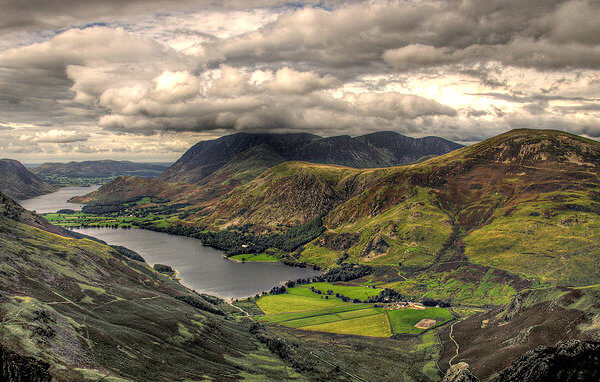
Lake District National Park is the largest National Park in the UK and is therefore, one of the most popular attractions among the English. With a picturesque scenery of green mountains, rolling hills and lakes, strolling through the park is like being transported into a storybook tale from the nineteenth century, with quaint cottages and farms. Lake District National Park is a place where tourists can spot a herd of sheep while strolling through the paths and breathe in the romanticism of the valleys, which has inspired many English poets throughout history.
Dolomiti Bellunesi National Park (Italy)
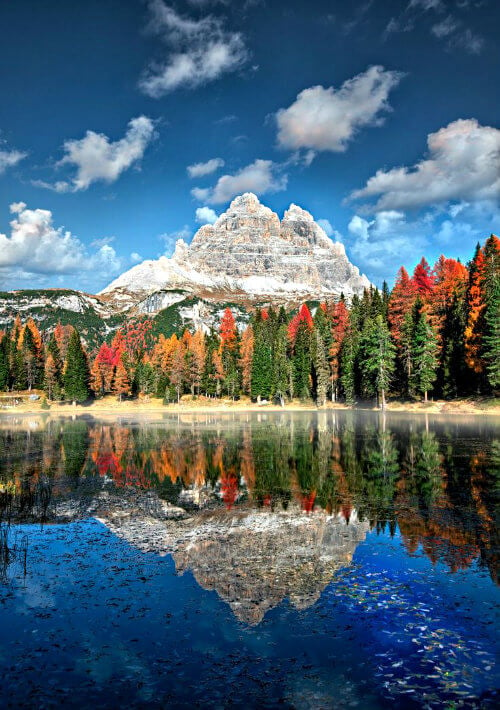
Although spanning throughout other regions of Italy, the mountains of Dolomoti Bellunesi National Park are largely located in Belluno. Here, many of the inhabitants rely on the tourism from the skiers and climbers who visit to seek escape from the city among nature and tall mountains, like the Marmolada ( 3,342 meters). Although the Dolomitti are part of the Alps its landscape is of little resemblance to the Alps. This terrain is characterized by large valleys covered by forests with lakes and rivers like the Piave, dispersed throughout.
Jostedalsbreen National Park (Norway)
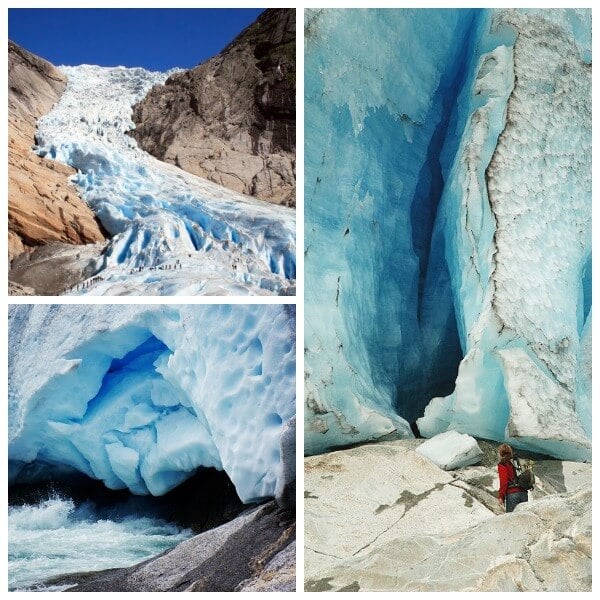
All it takes is one look of the Jostedalsbreen glacier, the largest in Europe, to gain perspective on the greatness of nature. Humility is a natural emotion upon the sight of the ice-capped mountains of Jostedalsbreen National Park. Most impressive are the cascading ice falls, the “arms” of the glacier, which extend through the valleys. For many years, this was a main attraction for the mountain climbers that visited, although the glaciers are currently prohibited, due to the melting glaciers.
With so many natural parks in Europe, choosing just 10 was a challenge. Are you an avid traveler and know of other national parks worthy of making the list? Share the destination with us and be sure to tell us which sights and national parks are a must-see!



